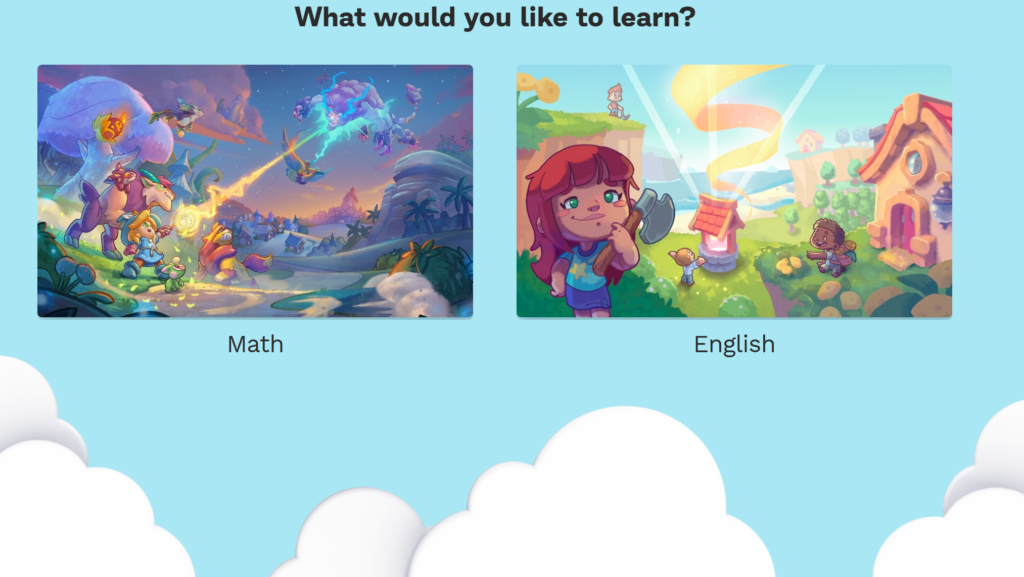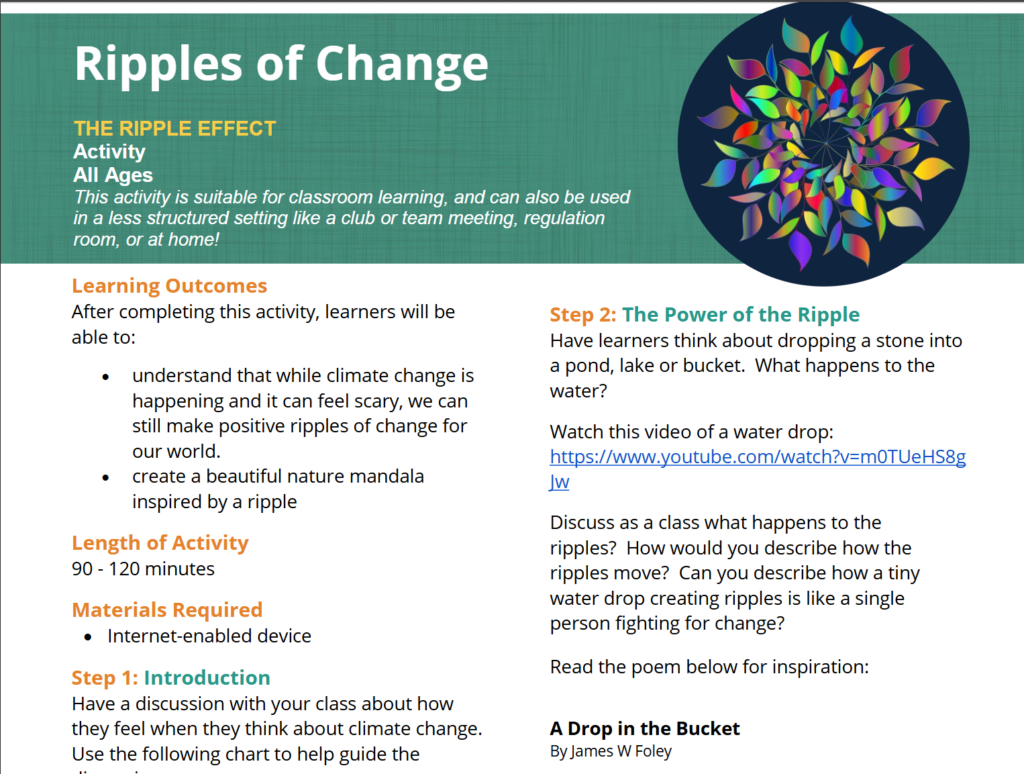In today’s class, we experimented with gamification and some apps that come along with that. Prodigy is an RPG style game with the intentions of engaging kids in math and literacy exercises, through a fun, inclusive, intrinsically-motivated way. I typically do not gravitate towards video games especially not of this style, however the reviews I over heard from my peers were very positive. Also, the statistics they share online are quite promising. Students are twice as likely to enjoy learning math with prodigy. In one school district, 68% more math skills were master in just one month of using prodigy. And, 96% of parents and teachers are satisfied with what their student is learning on prodigy. Another positive is that it’s free to register, but students do need to make an account which can get sticky with privacy requirements based on your district. I do have a few concerns with a Prodigy and programs like it. My first issue is that kids are already on screens way too much. According to both the AACAP (American Academy of Children and Adolescent Psychology) and Independent UK children spend 4-6 hours per day on their screens. When you consider that 8-10 hours of their 24 hour days are spent sleeping this is a pretty crazy statistic. I think especially since the outbreak of COVID-19 we have seen some devastating impacts on the physical and mental wellbeing of our youth and a lot of it is due to the amount of time they spend cooped up with a screen in front of their face. Another concern I have, is that eventually these kids who do not have a particular liking for math will need to still participate in math class without the added benefit of getting to play a video game while they do it. Will games like this cause students to develop a dependency on the dopamine rush provided by these games? Will they ever learn to become intrinsically motivated on their own, or are we slowly pushing students down the path of needing constant approval and reward for completing a task? These are questions that I think only time will tell but I am definitely interested in using Prodigy as a math and English learning tool, however I will approach this tool with caution.





